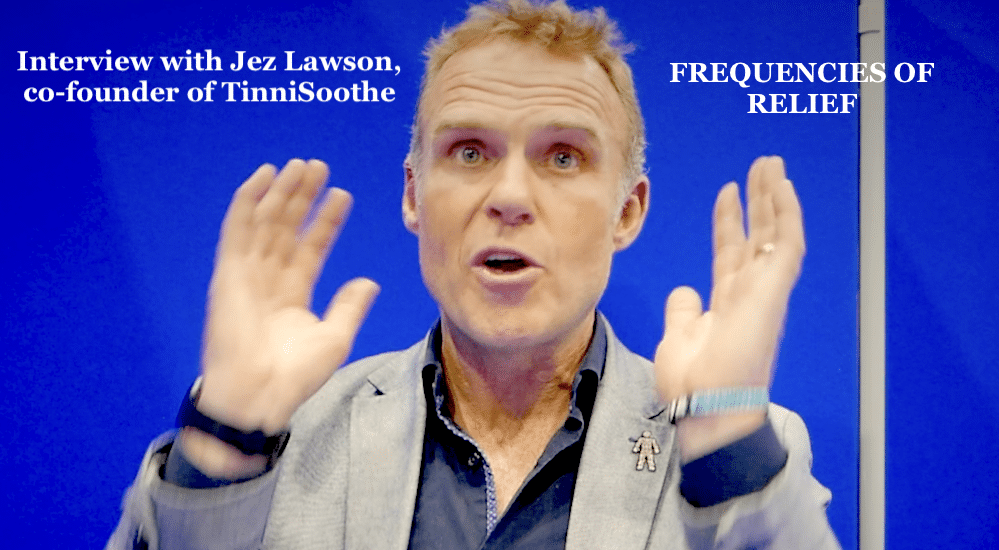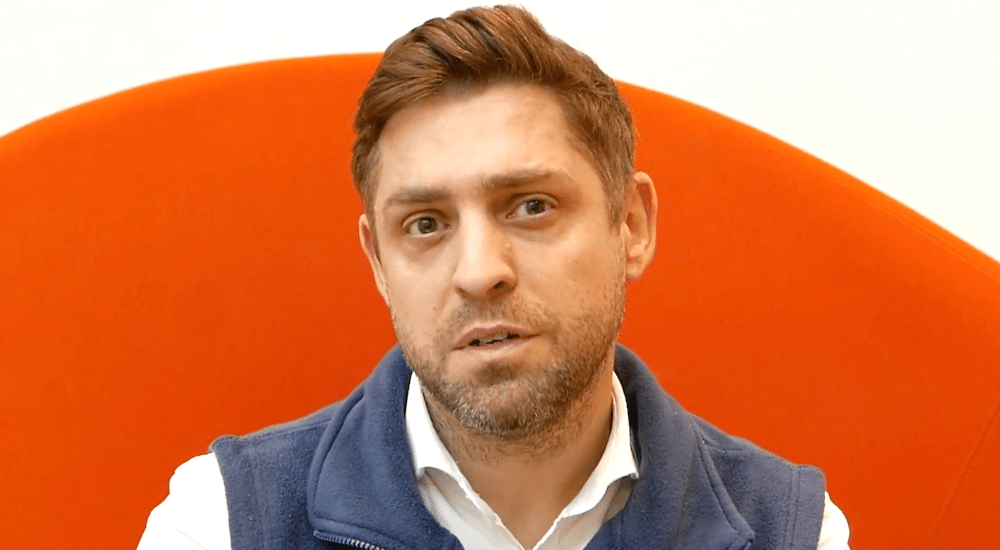Smartphones provide "accurate" hearing screening in poor South African communities
diagnosis
A smartphone screening system for both hearing and vision impairment has been running in South Africa. It was set up to bring early diagnosis to those whose low socioeconomic status denies them early diagnosis.

The expensive equipment and well-trained professionals needed for testing hearing are not accessible to many poor communities, so hearing loss will be detected too late in children to stop their development, academic lives, and emotional well-being negatively impacted.
But a recent implementation study by specialists working out of the University of Pretoria (UP) has evaluated a service-delivery screening project in low-income communities by community members using mobile health (mHealth) technologies. The project, applied in the Western Cape in South Africa, combines both hearing and vision screening for young children and is the first of its kind to be reported.
Professor De Wet Swanepoel, Professor in Audiology at the UP's Department of Speech-Language Pathology and Audiology, explained: "Over the last six years, I've been working with colleagues around the world to develop, implement and evaluate a number of hearing care models that can be delivered in communities using smartphone technologies and facilitated by minimally trained people. We've been targeting poor communities in particular."
The research, released this October, describes how unemployed community members were trained as health workers and equipped with smartphones and pre-installed apps to screen children in schools in two poor communities. Children failing the initial test were given a second test, including otoscopy, one week later. If they failed this second test, they were referred to public health services for diagnosis and all follow-up services for vision and hearing.
The results from the first 8023 children screened across 271 preschools show hearing and vision ability was accurately assessed at low cost. Referral rates for follow-up services were comparable to school screening by health professionals. Average test time for hearing and vision in the programme was just over 2 minutes, cutting typical test times in half. The community-based model meant a test cost of US$5.63, including all costs related to testing and personnel.
"This research showcases the potential of mobile health innovations to enable the transformation in the lives of children with hearing and vision problems. It is especially encouraging because children from disadvantaged communities, who already face many challenges, are being helped," said Prof. Swanapoel, who is also immediate past President of the International Society of Audiology.
Recent surveys (Fagan and Jacobs, 2009; Mulwafu et al., 2017) show that many countries across Africa have just one audiologist for every million people, while South Africa has 2.4 audiologists for every 100,000 people, on average. By contrast, the United Kingdom has 16.4 audiologists per 100,000 people.
Source: The Conversation Africa/UNESDOC
 Sign in
Sign in

